Friskies All Life Stages Ocean Whitefish, Tuna and Turkey Pate Wet Cat Food Variety Pack, 5.5 oz. Can, Pack of 24
Satisfy your cat’s cravings with this Friskies Ocean Whitefish and Grilled Turkey Pate Wet Cat Food Variety Pack. Three different recipes of this cat food bring the poultry and seafood flavors kitty loves to their dish! Each recipe of healthy wet cat food features a smooth, pleasing pate, giving your cat something delectable to sink their teeth into at mealtime. After opening a can from this wet cat food variety pack, tantalize your cat with the irresistible aroma to let them know a scrumptious meal is coming right up!
Satisfy your cat’s cravings with this Friskies Ocean Whitefish and Grilled Turkey Pate Wet Cat Food Variety Pack. Three different recipes of this cat food bring the poultry and seafood flavors kitty loves to their dish! Each recipe of healthy wet cat food features a smooth, pleasing pate, giving your cat something delectable to sink their teeth into at mealtime. After opening a can from this wet cat food variety pack, tantalize your cat with the irresistible aroma to let them know a scrumptious meal is coming right up!
- Includes seafood and poultry flavors cats love
- Cat food features a smooth, pleasing pate texture
- 3 different recipes of healthy wet cat food for added variety in kitty’s diet
- 24-count package makes it easy to stock your pantry
- Wet cat food offers 100% complete and balanced nutrition for adult cats and kittens
- Enticing aroma tempts cat to dish
- Cat food packaged in recyclable cans
- Purina guarantees outstanding quality and taste; If for any reason you’re not satisfied, simply let Purina know why; Please contact Purina directly at (800) 778-7462 within 60 days of date on receipt for assistance
Additional information
| Country of Origin | Made in USA |
|---|---|
| Flavor | Turkey and Giblets, Whitefish and Tuna |
| Health Features | General Wellness |
| Life Stage | All Life Stages |
| Packaged Height | 6 in. |
| Packaged Length | 7 in. |
| Packaged Weight | 10 lb. |
| Packaged Width | 10.35 in. |
| Primary Flavor | Whitefish, Turkey, Giblets, Tuna |
| Texture | Pate |
| Wet Food Package Weight | 5.5 oz |
| Wet Food Package Quantity | 24 |
| Manufacturer Part Number | 5000042034 |

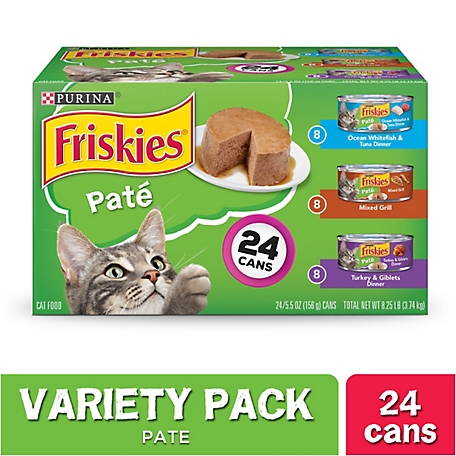
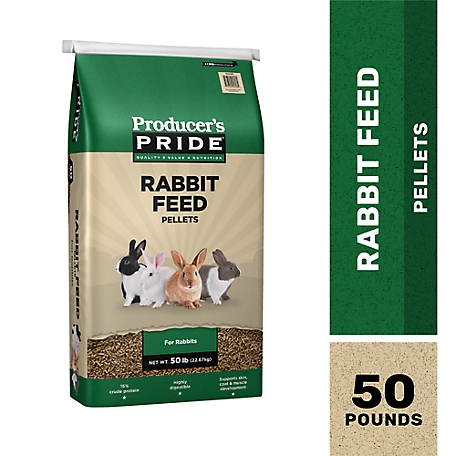

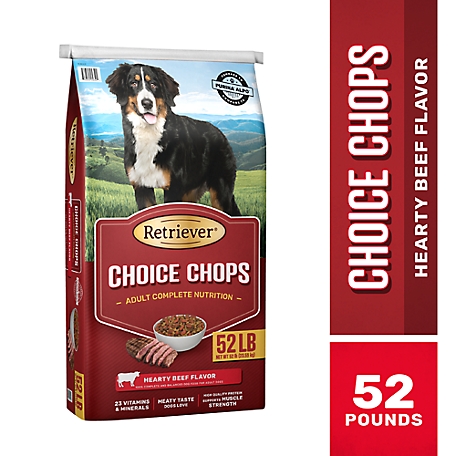
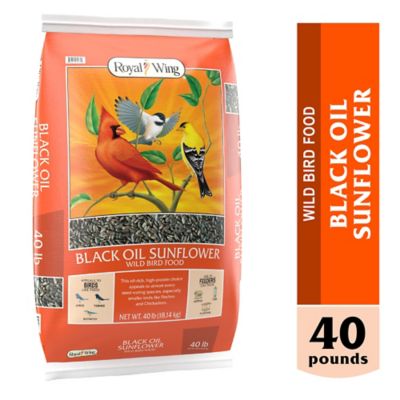
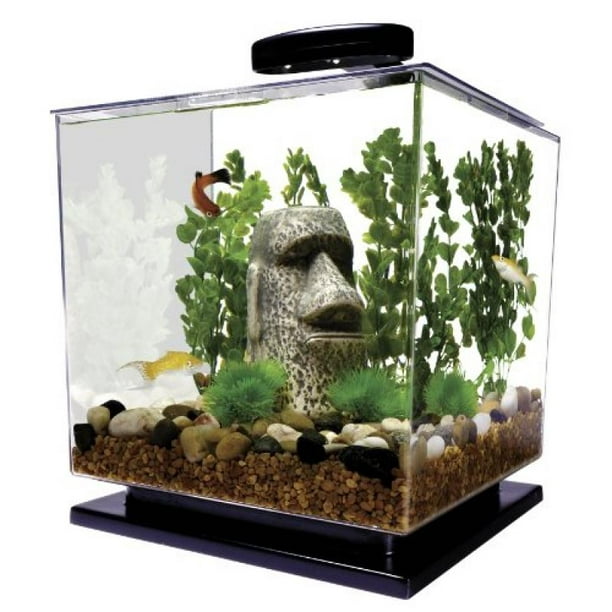
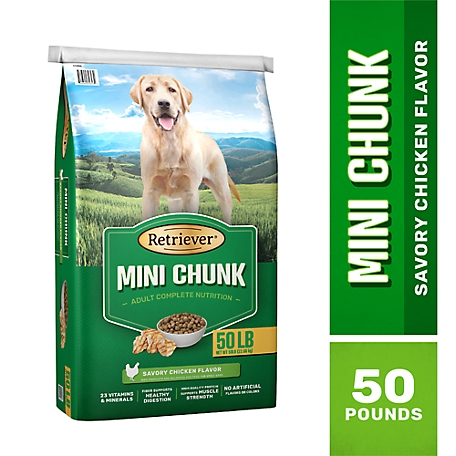

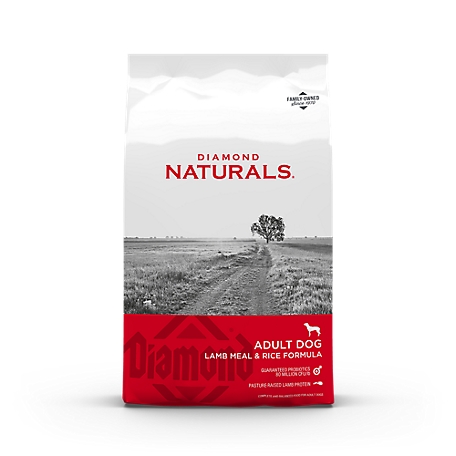
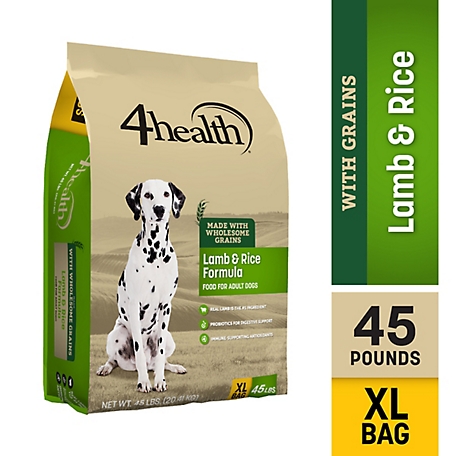
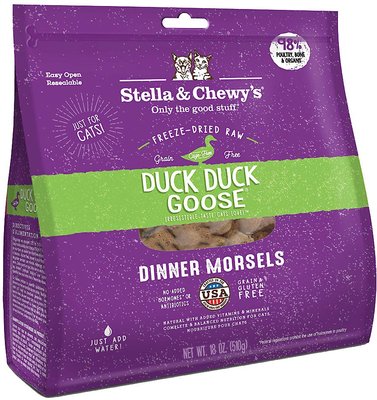
by Rafael
Perfect is good
by Roxy
Great quality and price.
by Lucinda
Great variety pack and good value.
by Pete
Decent price, cats love the pate.
by Thomas
My cats love this!